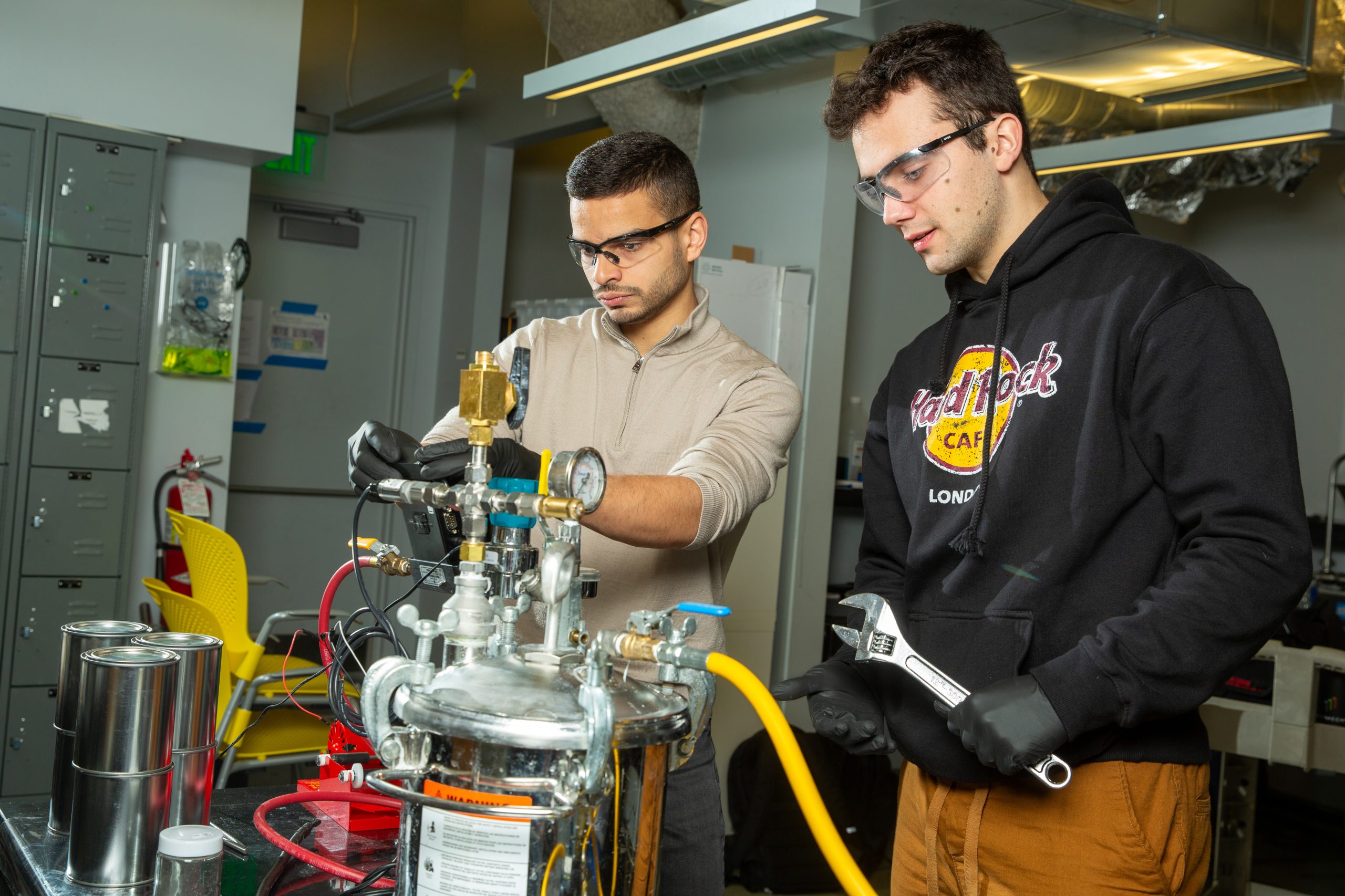Why does milk put out the fire induced by a hot pepper? Because the pepper is a base and too much of it makes your mouth tingle, milk is an acid and when introduced to the system, neutralizes the fiery base. This process of food acids neutralizing spicy bases is what stuck in Swedish product developer Mats Nilsson’s head when an unnamed company asked him to develop an environmentally friendly fire retardant.
Conventional fire retardants like polybrominated diphenyl ethers (PBDEs) are bad for the environment and are not bound to the plastics they are mixed with so PBDEs leach into whatever surrounding they come in contact with. Ingesting PBDEs can also adversely impact your health. Evidence has shown that concentrated PBDEs can alter neurobehavior and negatively affect the immune system.
Mats Nillson and a team of engineers at the Trulstech group came up with a fire retardant that doesn’t hurt the environment and is made from fruits and flour.
Nillson, also a former firefighter, remembered from his past career that “when there’s a good balance between bases and acids, a great deal of heat energy can be absorbed” he says to Max Christern in an article published in the October 2008 edition of Ode magazine (the predecessor to The Intelligent Optimist). That’s what gave him the idea to create the citrus-based fire suppressant called The Molecular Heat Eater® (MHE®).
MHE® is completely organic and “comes in powder, liquid, and gel forms, and though the list of ingredients is, understandably, a business secret, MHE® contains nothing that you wouldn’t find in, well, citrus fruits, grapes, and flour,” Christern explains in his 2008 article.
MHE® is still in production. You can find the organic fire retardant in products like EPDM rubber, Kraft-paper, some canvases, and PVC-film, flooring and lacquer. “The future looks good. Trulstech will continue to innovate and bring technology to market in the form of products” Nillson says about the future of his biomimetic company.
Find out more on Trulstech.com or read Max Christern’s article.
Need more stories of organic environmental impacts? Become a member or sign up for a free issue.












